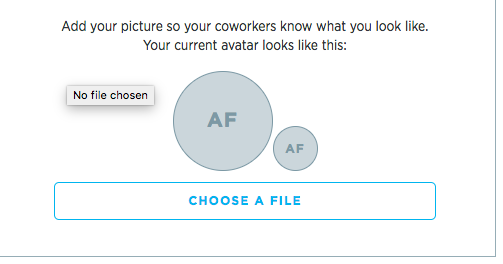Language acquisition is a long and complicated process on a cognitive level. As children learn to speak, they begin to understand that certain sounds mean certain things and that they can use these sounds to help other people understand them. This is the beginning of verbal communication.
Tip
Verbal communication is any exchange of words, either written or spoken, used to transmit information.
What Is the Meaning of Verbal Communication?
When people typically define verbal communication, they tend to refer to spoken language. However, verbal communication refers to any exchange that uses words to communicate information. In this way, writing is also a form of verbal communication. Both writing and speaking rely on the speaker, and the listener has the same understanding of what words and sounds mean.
Verbal communication requires that the speaker and the listener both speak the same language. However, even within the same language, there are opportunities for errors. Slang or dialect that ascribes different meanings to words can be confusing. Additionally, not sharing a vocabulary can make it difficult for people to understand one another through verbal communication.
Since communication is the act of passing information between individuals, the act of transmitting the information and the act of receiving it are of equal importance. Verbal communication delivered in speech is also accompanied by nonverbal communication. Written verbal communication has nonverbal cues on which to rely, so clarity is even more important in this case. Tone and intention must be clear in the words.
What Is the Definition of Verbal Communication and Nonverbal Communication?
As many people likely already know, nonverbal communication is any kind of communication that does not rely on words or written or spoken language. Hand gestures, facial expressions and other body language are all elements of nonverbal communication. When people use their facial features or body to communicate an idea, a command or a feeling, this is pure nonverbal communication.
Smiling, nodding "yes" and shaking your head "no" are probably the three most common and most easily understood kinds of nonverbal communication. However, there are many more ways to communicate without words that you likely already do regularly. Rolling your eyes, holding up your hands, covering your face with your hands, crossing your arms across your chest and turning your back toward someone are all examples of effective nonverbal communication.
As with all cultural customs, most nonverbal communication is learned through experience rather than lessons. While the basics of verbal communication like speech and reading are taught in schools, nonverbal communication is generally something that people pick up as they spend more and more time in society. However, it is important to be aware that customs can change in different regions, and body language that may mean one thing in one part of the world may mean something very different in another.
What Are the Different Kinds of Verbal Communication?
Verbal communication can be broken into two types: speech and writing. Speech is easily acquired and naturally acquired. Humans are wired to speak to one another, but learning language can be difficult. Children learn words and gradually begin to be able to form sentences and soon become aware of what their words mean and the different techniques required for effective communication.
Writing is more challenging. Humans are not wired to read a language, so getting children to understand the connection between written and spoken language is critical. At the professional level, there are significant challenges for individuals who struggle with soft skills like written and spoken communication. Written communication in particular becomes increasingly important since a lot of business is conducted over email.
Being able to communicate effectively using words is critical to success in the professional world. Many people who write poorly or are unaware of their tone struggle to be understood favorably in a business context. If you struggle with language, writing or speaking, perhaps taking a business communication course could be of help to you.
Related Articles
References
Writer Bio
Ashley Friedman is a freelance writer with experience writing about education for a variety of organizations and educational institutions as well as online media sites. She has written for Pearson Education, The University of Miami, The New York City Teaching Fellows, New Visions for Public Schools, and a number of independent secondary schools. She lives in Los Angeles.











